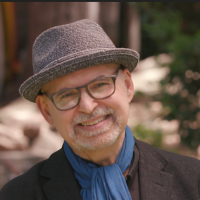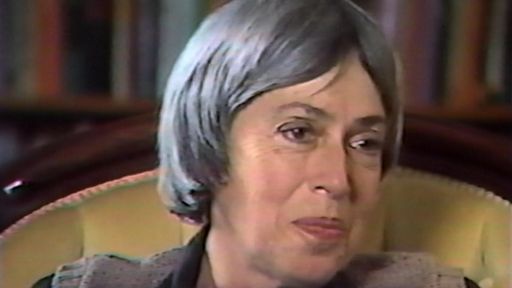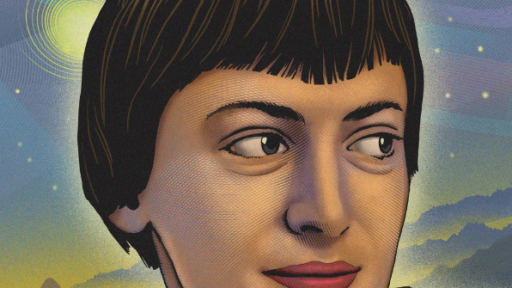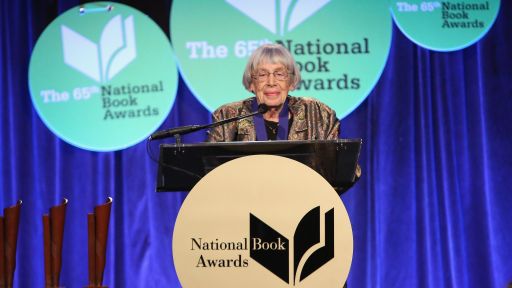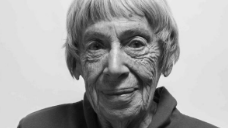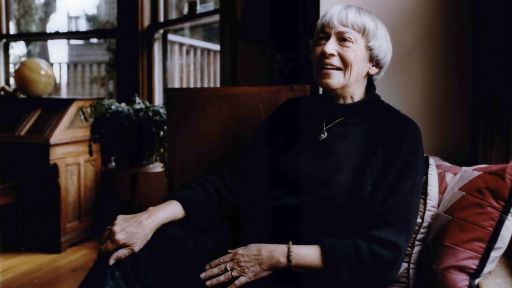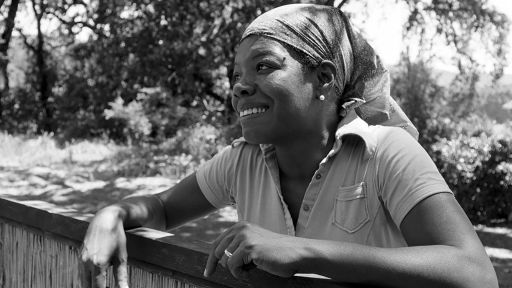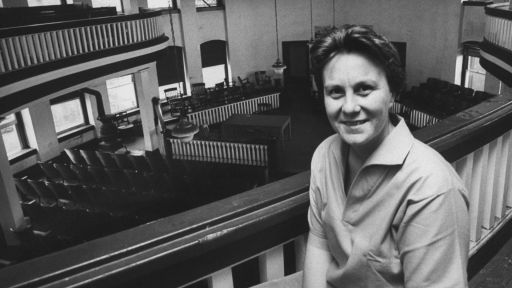A rare glimpse into Le Guin’s private life as a writing group collaborator, friend and poet
Over dinner a few months ago with some musician and writer friends outside of Portland, a conversation about songwriting turned into a conversation about poetry, which led me to ask two of the writers at the table about a poetry group they belonged to, which had once included Ursula K. Le Guin.
Le Guin of course, was the much-lauded author known mostly for pioneering the genre of feminist science fiction, the winner of eight Hugo awards, six Nebula awards, and a host of other accolades for works including her famed “Earthsea” books.
She is less well-known for her poetry, though as I was soon to learn, no less accomplished. I left that night with a handful of borrowed Le Guin books, expecting poems rich with intricate, intergalactic intrigues and characters like the ambisexual alien Estraven from her classic 1969 novel “The Left Hand Of Darkness.” I was confronted instead with the short verses she wrote shortly before her death in 2018, poems as dense with meaning as they were concise, like “Theory of Aging”:
Theory of Aging
As the number of the year gets bigger
the year itself grows smaller
but heavier. It acquires gravity.
It will finally get so heavy
that it cannot continue as it is
but implodes to a black hole
into which sink all the years
becoming numberless
and utterly weightless.
“Theory of Aging” was published posthumously in a moving collection called “So Far So Good: Final Poems 2014 – 2018.” It’s a book that even a fan might overlook given that its author’s career comprises nearly 50 titles. But it’s worth the time of any reader, packed with wisdom and insight.
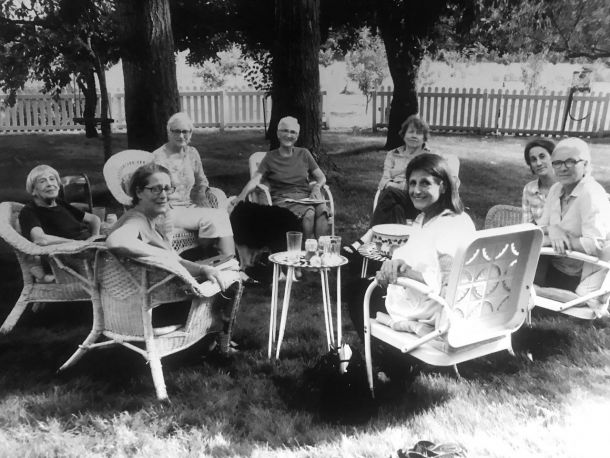
“Side Porch Poets” poetry group. Clockwise: Ursula K. Le Guin (left), Molly Gloss, Bette Husted, Barbara Drake, Kari Easton, Noel Hanlon, Jeanette Cappella, Caroline LeGuin. Photo by Peter Koehler, Jr.
It also offers a glimpse of Le Guin’s writing life in her later years. Caroline Le Guin, herself a member of the poetry group as well as the author’s daughter, wrote in the book’s acknowledgements of the contributions of the group, “ … through which many of these poems passed in the process of coming to completion.”
The group at the time was made up of Ursula and Caroline, plus six other Oregon women, all poets, including my friends Noël Hanlon and Kari Easton. They would meet once a month to share their own work and critique one another’s. Hanlon recalls of Ursula, “She was very fierce. If she didn’t like something she would not back down.” But Hanlon adds that Le Guin was “also very loving.” Unsurprisingly, praise from Le Guin has highly prized. Hanlon says “If she said, ‘The poem is perfect,’ and other people were suggesting something else than Ursula was, I would just think, ‘ok, the poem is perfect.’” Easton told me of her pleasure when Ursula indicated she understood what a poem of Easton’s was trying to accomplish. “Sometimes she would just chuckle when she got something,” she says, “and that felt like the biggest compliment.”
But if this makes it sound as if it was Ursula’s position as the famous writer in the group that made her approval so highly valued, that wasn’t the case. It wasn’t her reputation or accomplishment that gave the compliments their power. It was because she had such a great sense of what Hanlon calls “the voice of the soul” – the ability to know when the poet had expressed exactly what needed expressing.
In 2015, Le Guin, appearing on a Portland podcast/radio show produced by the literary magazine Tin House, told the writer David Naimon that she had been in a lot of writers’ groups, but this one was “the finest one I’ve ever been in, the one that works best.” She noted that the members would give one another writing assignments — to write in a certain form, or about a certain subject. Le Guin noted that you weren’t exactly required to do the assignment, but she often found it interesting and even helpful, commenting that the “necessity of having to do something gives you something to do.”
One of the assignments Hanlon gave the others was to write nursery rhymes. The result was a delightful collection, compiled into a book for the group’s own pleasure rather than for publication, just something among friends. Dubbing themselves the Side Porch Poets they called the book “One Moon.” One of Le Guin’s contributions, published here for the first time, somehow manages to combine “Hey Diddle Diddle” silliness with the same sort of cosmic awareness she brought to “Theory of Aging.” With its sing-song style, its reference to the Big Dipper (a constellation also known as “Charles’s Wain,”) and its loopy take on the concept of time, it’s almost as if it were written by a cross between Dr. Seuss and a mad astrophysicist.
Almost. But not quite. There’s a depth to this nursery rhyme, too, an appreciation, if you will, that this ordinary thing we call time actually exists just beyond ordinary understanding. The poem is called “The Way”:
The Way
What is the way to yesterday?
A long way back and a little way forth
And a thousand miles to the North
In a plane, in a train, in Charley’s Wain.
And when you get back it’s tomorrow again.
The poetry group continues to meet to this day, the poets still sharing, still critiquing. When I asked Noël Hanlon whether Ursula has had a lasting effect on the group, she quoted another late poet friend of hers, the Irish writer John O’Donohue: “May you know that absence is alive with hidden presence, that nothing is ever lost or forgotten.”
In other words, Ursula K. Le Guin may be gone, but “the voice of the soul” remains.


